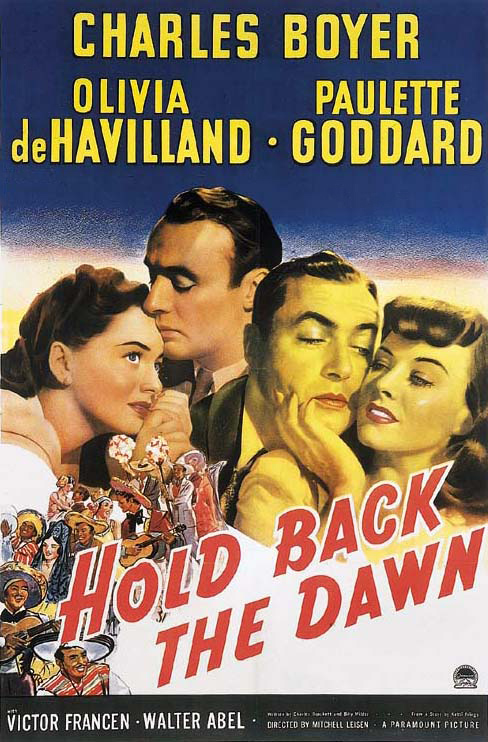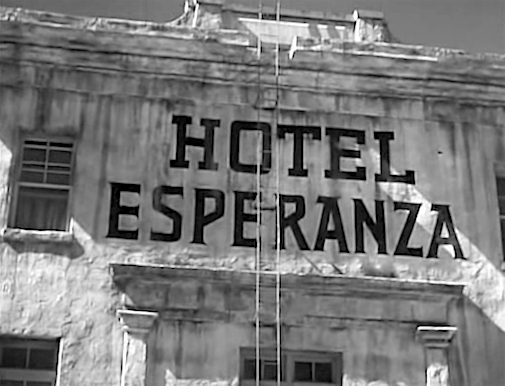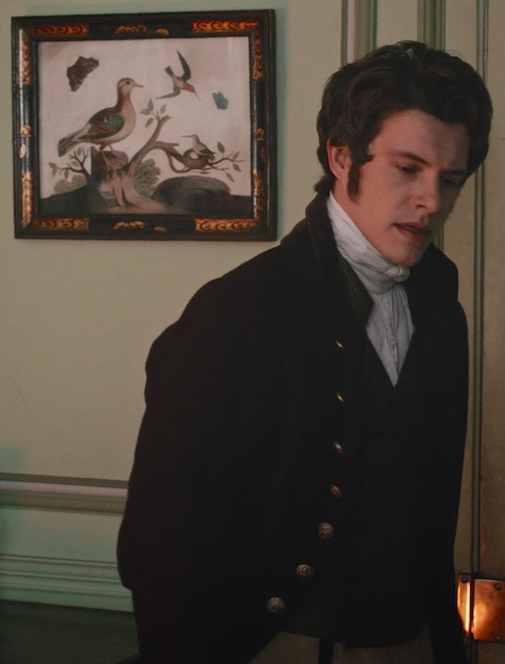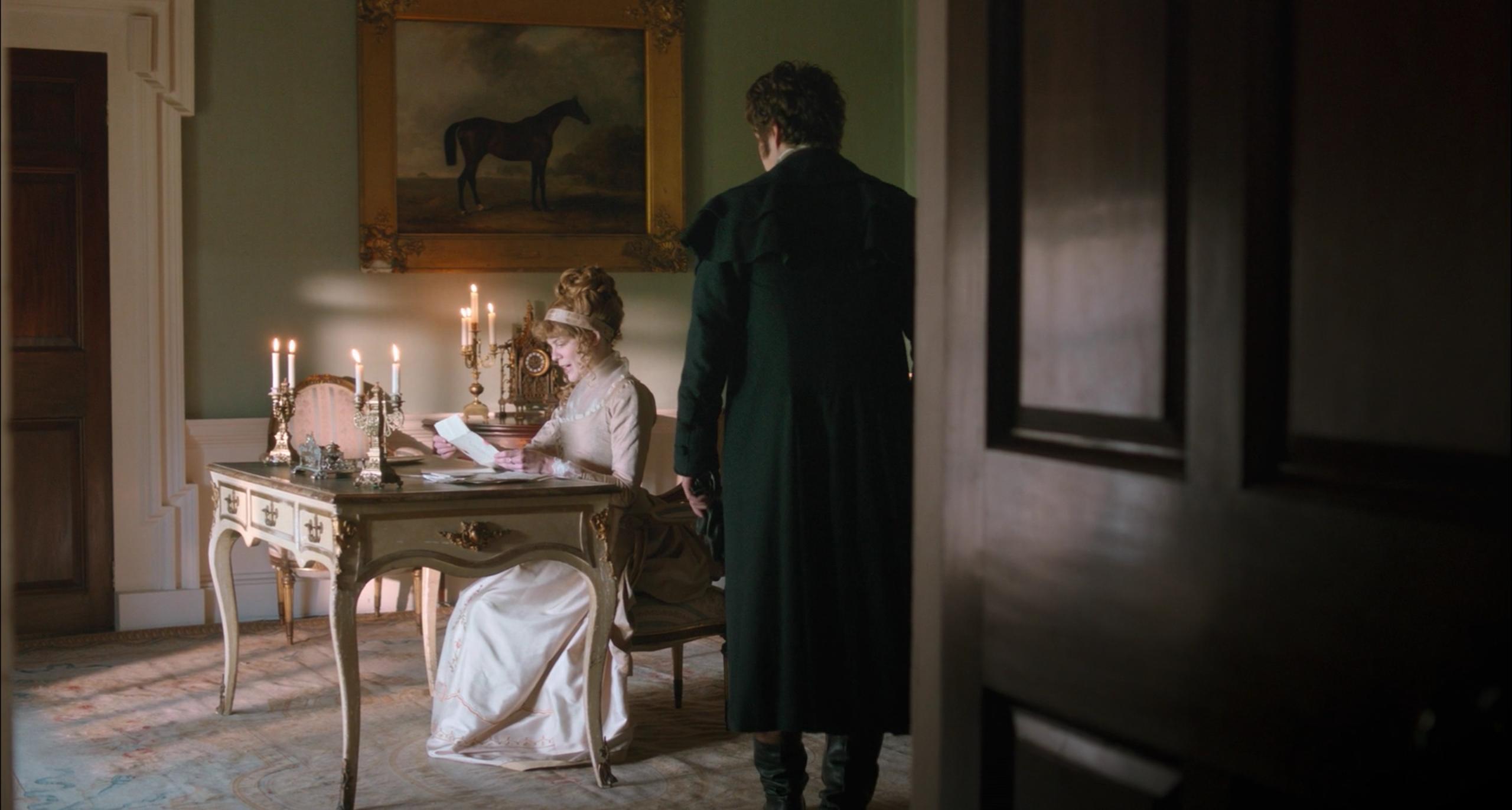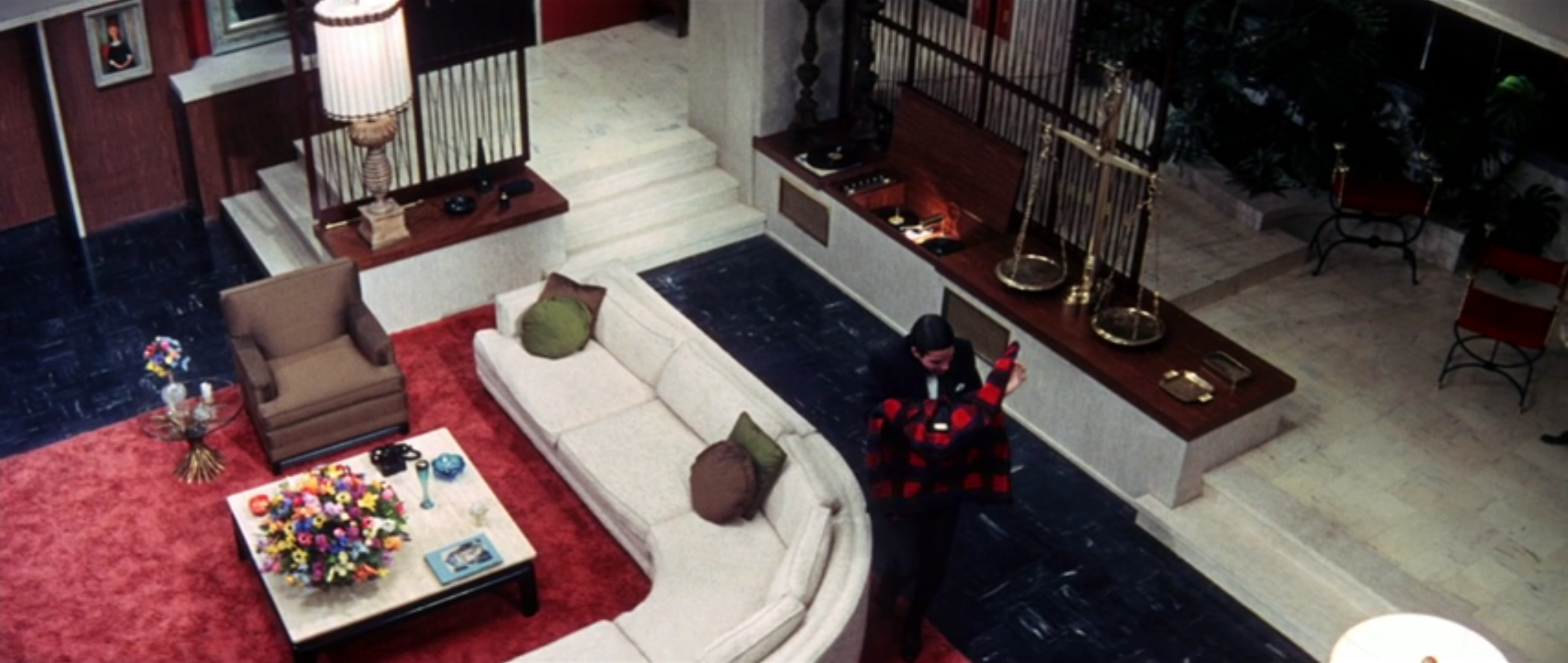The Furniture: A Warm Welcome in Hunt for the Wilderpeople
 Monday, October 3, 2016 at 10:00AM
Monday, October 3, 2016 at 10:00AM "The Furniture" our weekly series on Production Design. Here's Daniel Walber

Hunt for the Wilderpeople, the year’s most heart-warming comedy, may not seem like an obvious example of unique production design. It takes place entirely in the backwoods of New Zealand, much of it deep in the bush. It’s a showcase for the tremendous beauty of the land, not opulent sets.
Yet while the design team may not contribute to the film’s breathtaking vistas, their work is crucial to its narrative arc. Before young Ricky (Julian Dennison) and his ornery foster uncle Hec (Sam Neill) are forced by circumstance to run from the law, they don’t like each other very much. It’s Bella (Rima Te Wiata), Hec’s wife, who welcomes Ricky into their lives. Her love and her house serve as an emotional foundation, and her sudden death sparks the adventure to come.
Were it not for her memory, Ricky and Hec would run away, each to his own wilderness.

Their love for her keeps them together, or at least the guilt it inspires...



